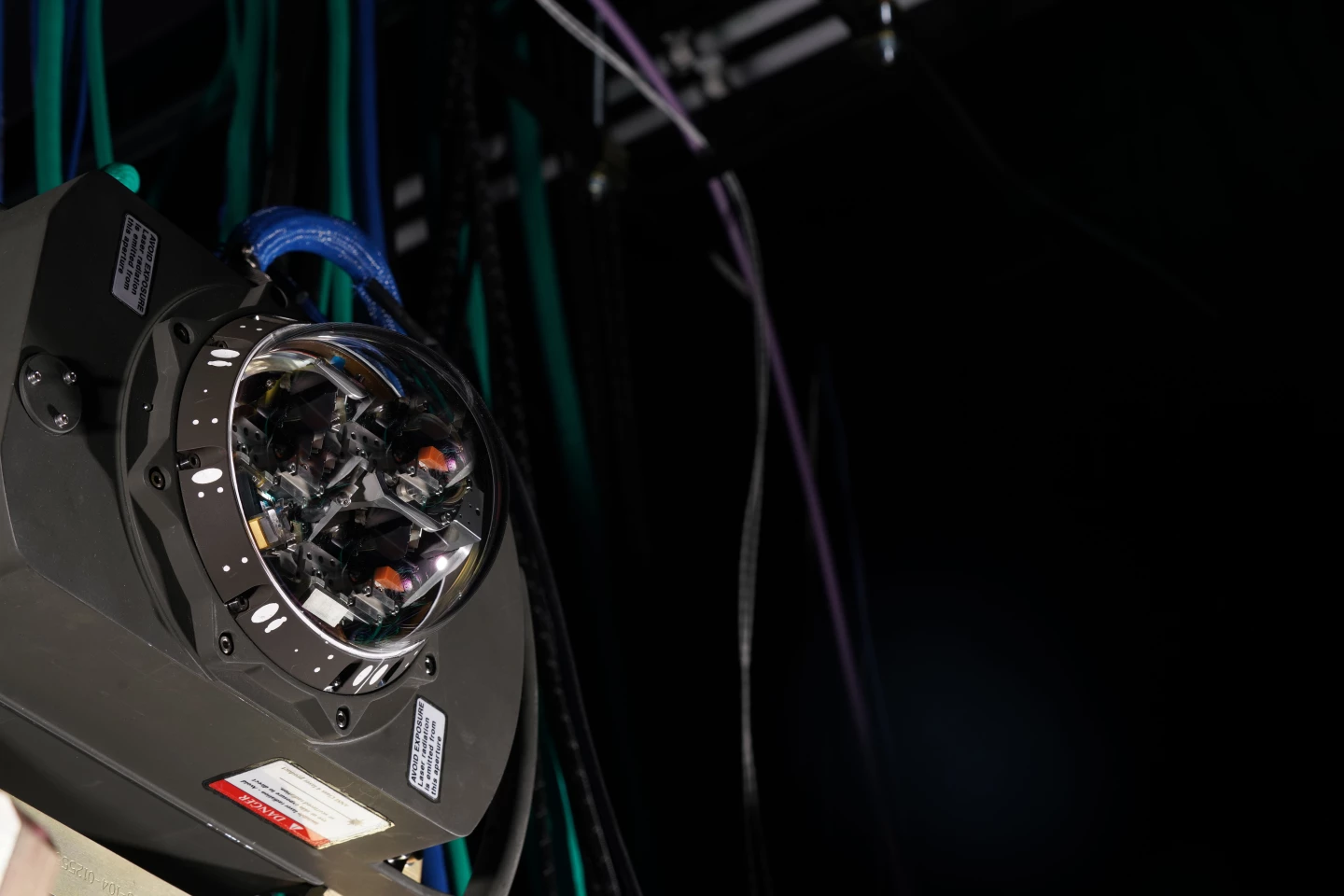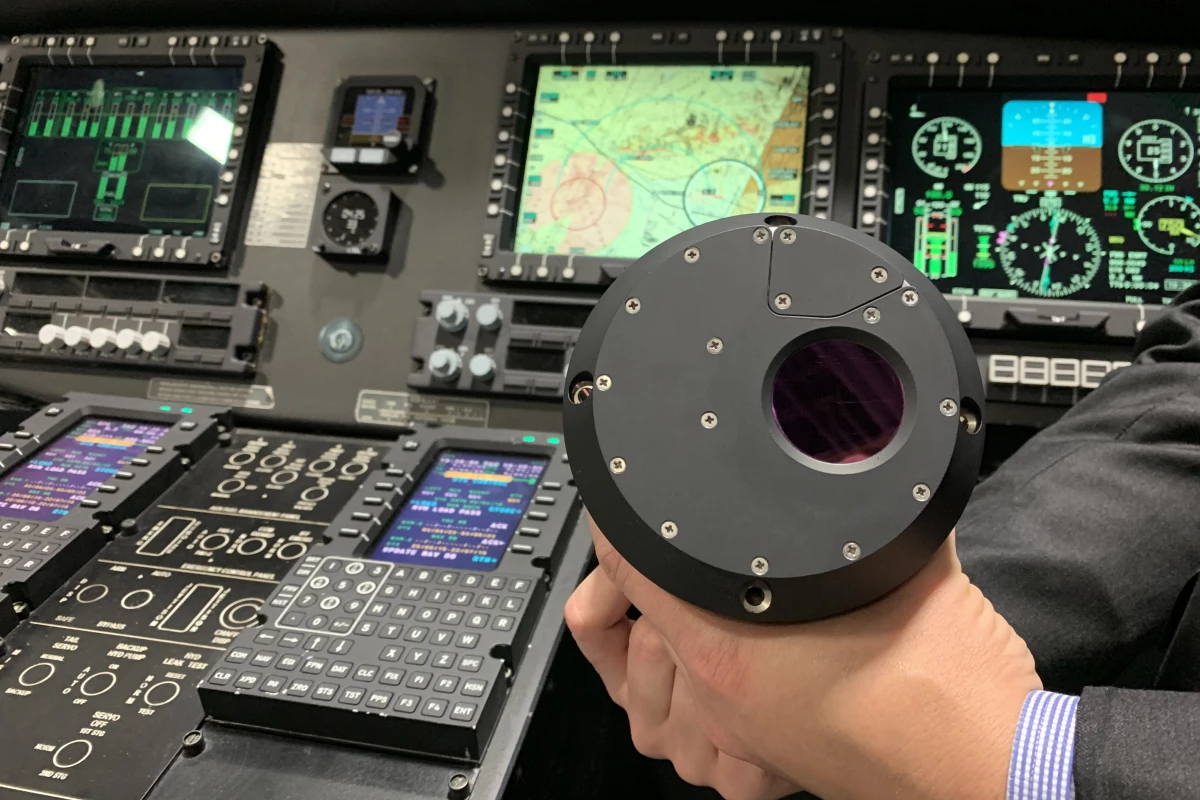Northop Grumman has come up with a new warning sensor system called the Advanced Tactical Hostile Engagement Awareness (ATHENA), which is designed to defend aircraft against the threat of heat-seeking, shoulder-fired missiles.
As recent events have so starkly demonstrated, among all the sophisticated weapon systems and platforms that dominate the modern battlefield, it's often the simplest of arms that pose the most persistent threats.
When an plane or helicopter is lifting off from some unsecured airfield, the greatest fear often isn't some sophisticated munition fired from a fighter plane sitting invisibly over the horizon, but the relatively humble Man-Portable Air Defense System (MANPAD) and its operator hiding in the bushes or behind a pile of rubble.
First introduced in the 1950s, MANPADs are portable launchers, which fire heat-seeking missiles that lock onto the infrared signature of an aircraft's engine. Though short range, they can be used with deadly effect and, though their sale is tightly controlled internationally, are very popular with terrorists.
It's because of this that the takeoff of a transport plane in a warzone often includes a small fireworks show as the pilot releases a spray of decoy flares to confuse any incoming missile's sensors. According to Northrop, such measures as this and others like the company's Common Infrared Countermeasures (CIRCM) have the drawback of only being able to defeat what they can see.

To fill this gap, ATHENA is a smart system known as a staring sensor that is always active as it watches for potential threats that include not only MANPADs, but also anti-tank guided missiles and others. Unlike previous generations of sensors, the company claims that ATHENA has greater resolution and range, which provides more time to identify and respond to threats.
Another advance for ATHENA is that it includes its own data processors operating on advanced software that allows the system to operate on its own without using up the computing resources of the aircraft needed for other duties.
The result is a sensor that provides the pilot and crew with a 360-degree view that seamlessly combines several video feeds into one and even allows the operator to see through the fuselage as if it was invisible.
"ATHENA exemplifies our approach to sensors, using available hardware to perform multiple functions and missions," said Dennis Neel, program director, Northrop Grumman. "This increases rotary wing aircraft survivability and provides situational awareness capabilities previously available only on much larger aircraft,” said Neel. “It has the potential to make any aircraft significantly more survivable. Bringing warfighters home safely is the ultimate goal."
Source: Northrop Grumman






